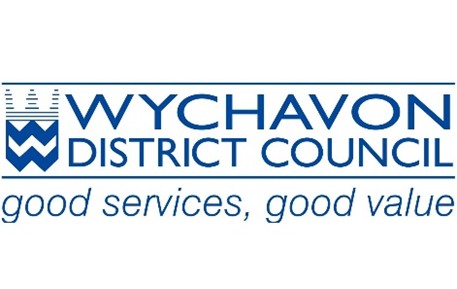What would an increase in your asparagus yield do for your profits?
What is Asparagus?
Asparagus is a popular vegetable, that can be eaten as a side or an appetiser. Asparagus is normally grown in the spring, and the UK yields around 5,000 tonnes per year. The asparagus yield per hectare is roughly 14,000KG, as fresh roots and around 1,200KG when dried.
Asparagus grown from seeds can take up to 3 years to mature, so you would want to make sure you are getting the most out of your crop yield. Farming technologies have brought new ways to increase crop yield. The KPB micro-transmitters can help yield.
What is the KPB micro-transmitter?
The Kyminasi Plant Booster has been designed to be a hands-off solution to increasing crop yield. The installation requires a specialist, but once installed, it will work up to 2 years. The KPB is fitted to an already existing irrigation system, and needs to be installed onto a metal pipe.
The micro-transmitter only activates when it comes in to contact with running water. The best part? They require no power or maintenance. By utilising different smart farm technologies, like the KPB, you can introduce cost effective ways to increase crop yield for no long-term input.
How does the KPB micro-transmitter work?
All things, living or inanimate, are made from atoms; within those atoms are subatomic particles, one of which is the electron. Electrons are in motion; this motion creates vibrations; the vibrations create frequencies. The natural frequency of an object is caused by these vibrations.
The frequencies are found using infrared spectroscopy. By matching the KPB with the plant’s natural frequency, you can help stimulate better crop development. The micro-transmitter uses the metal pipe to create an electromagnetic field. When the water passes through the field, it collects the information stored from the micro-transmitter, and carried to the plant.
Even though the KPB transmitter needs to be installed on a metal pipe to work, the rest of the irrigation piping can be made from plastic.
What does the KPB micro-transmitter effect?
There are 6 key areas in which the KPB works, and each of these areas work together it help increase your asparagus plant yield. As vegetables have a low natural frequency, the micro-transmitter is set in the frequency range between 150KHz and 10Hz.
There are over 3000 frequencies being utilised in this spectrum, each are programmed into the micro-transmitter. These frequencies help with most of the asparagus’ life cycle; increasing the absorption efficiency of oxygen, nitrogen, water, nitric acid, light and carbon dioxide.
How accurate are the results?
The original tests were done in Viru, Peru, over 5 acres, roughly 2 hectares. The test was run over 6 months and had a crop yield increase of 49%. All other parameters were the same across the control and test fields.
Although our own experiment with the KPB was conducted using rocket, it did show an average crop yield increase of just under 20%. This was performed across 3 different tests and averaged out. Why use First Base Solutions for KPB micro-transmitters?
increase crop production, is a good way to generate more revenue. KPB micro-transmitters are a tested method to get more from your crop production, without investing in more land. First Base Solutions currently retain exclusivity in the UK to provide this unique product.
We offer other software and hardware solutions that work to keep you productive, as well as increase your crop yield. Get in touch with us for a free demo, and start increasing your revenue, today!
Want to learn more?



